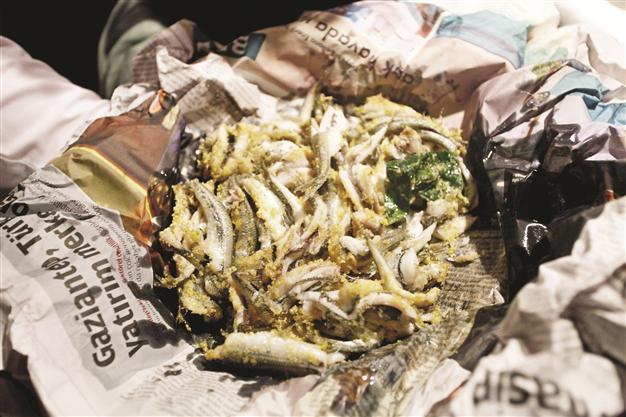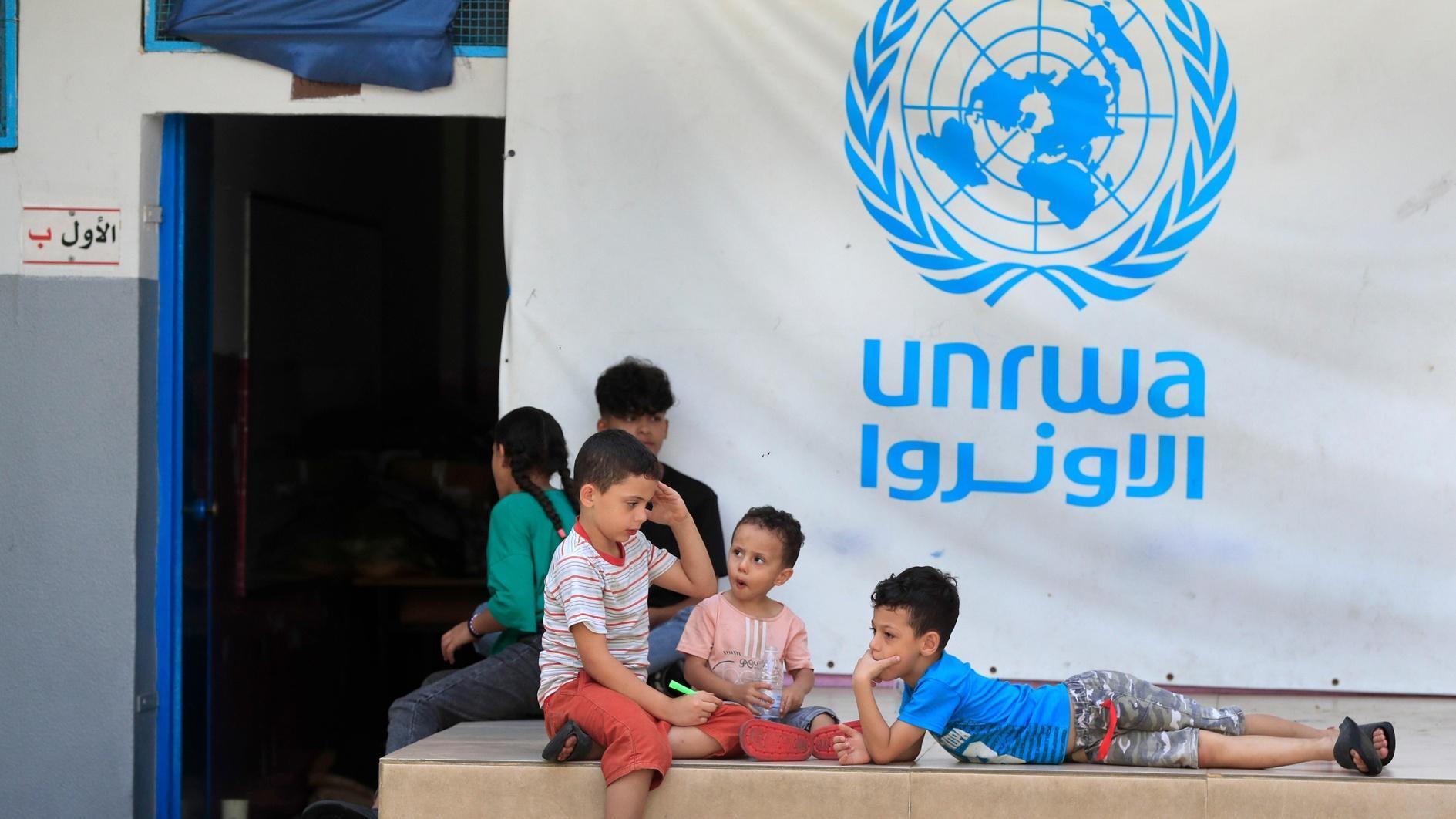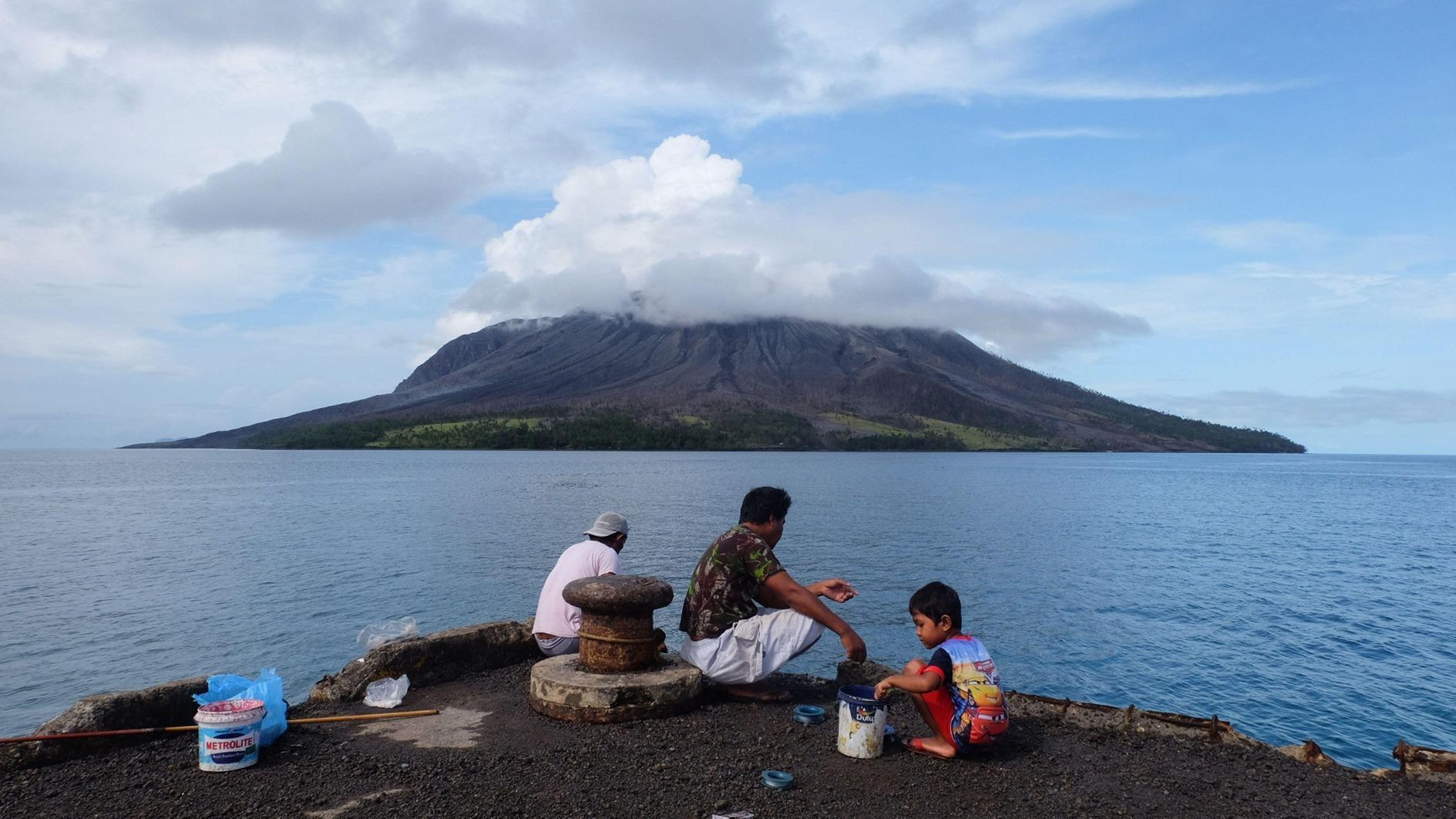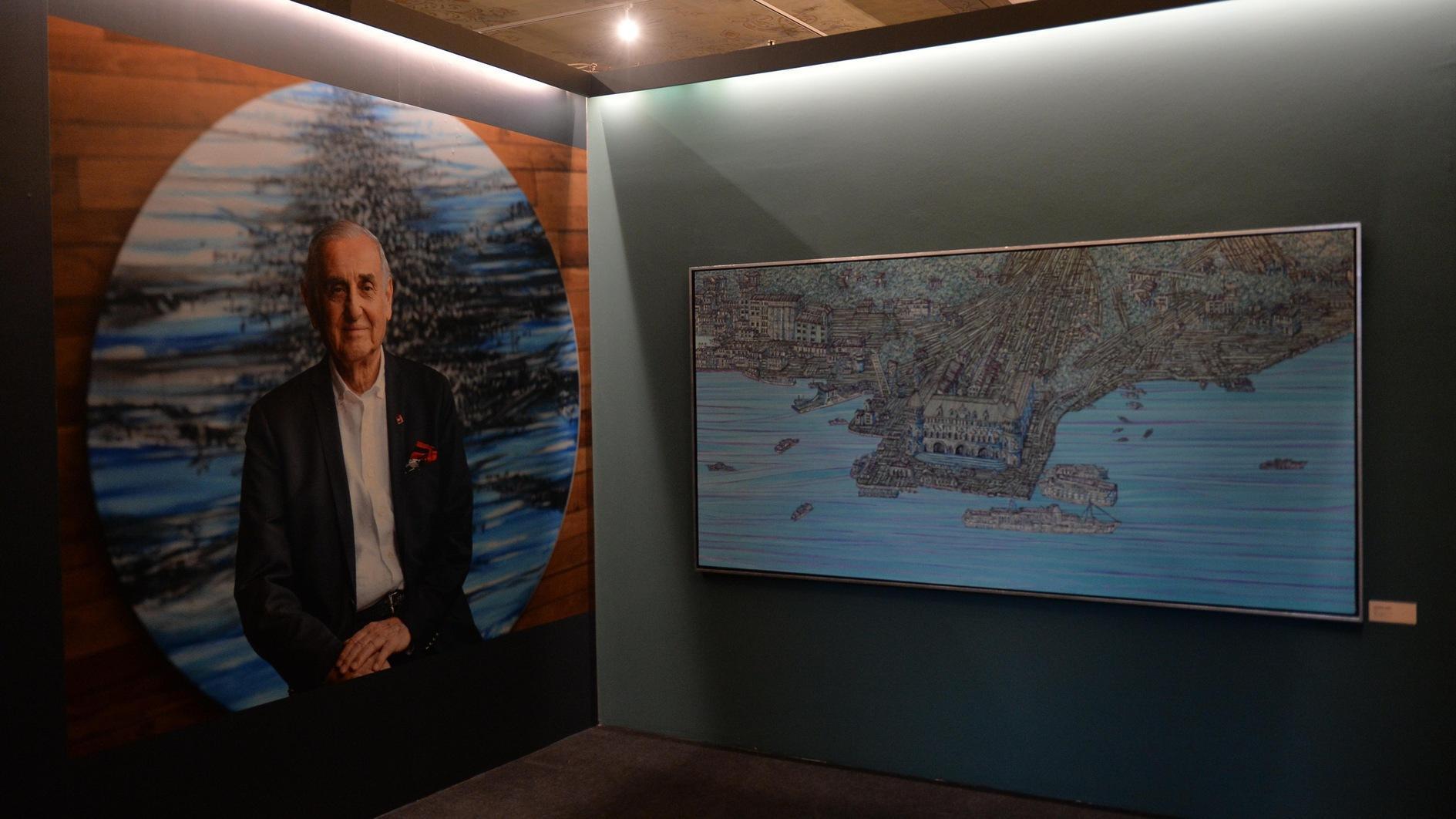Bonitos of Bosphorus: Where do they go?
AYLİN ÖNEY TAN - aylin.tan@hdn.com.tr
 “Palamut” is the name in Turkish for bonito and they are considered as the king of fish in the Bosphorus. Karekin Deveciyan, the legendary director of the Istanbul wholesale fish market almost a century ago, gives pages of information on the bonitos of the Bosphorus in his unrivaled treatise on fish and fisheries in Turkey. A true Armenian Istanbulite, Deveciyan knew, understood and loved everything about fish. He was a devoted lover of the Bosphorus, and is said to spend his retirement days sitting on a wooden stool silently for hours at the sea front in Ortaköy, just watching his beloved city and catching fish. Despite his old age, I’m sure his daily catch was plenty, those were the years of abundance of sea food in the strait that forms the border between Europe and Asia. He lived for almost a century, died in 1964 and did not see the Bosphorus bridge built, as he crossed to the Anatolian side only by boat.
“Palamut” is the name in Turkish for bonito and they are considered as the king of fish in the Bosphorus. Karekin Deveciyan, the legendary director of the Istanbul wholesale fish market almost a century ago, gives pages of information on the bonitos of the Bosphorus in his unrivaled treatise on fish and fisheries in Turkey. A true Armenian Istanbulite, Deveciyan knew, understood and loved everything about fish. He was a devoted lover of the Bosphorus, and is said to spend his retirement days sitting on a wooden stool silently for hours at the sea front in Ortaköy, just watching his beloved city and catching fish. Despite his old age, I’m sure his daily catch was plenty, those were the years of abundance of sea food in the strait that forms the border between Europe and Asia. He lived for almost a century, died in 1964 and did not see the Bosphorus bridge built, as he crossed to the Anatolian side only by boat. About a week ago, as our little boat passed by Ortaköy on the way to Beykoz, I wondered what he would think of the Bosphorus of today, with its two bridges illuminated in flashy red and pink bordello-like lights. I felt sure that he would be very unhappy about the fish of the Bosphorus, many of which are on the verge of extinction. Our trip to Beykoz was to the last remaining “dalyan” of the Bosphorus. Dalyan is like a weir, an installment of nets on poles to trap fishes near the seashore. Istanbul had many of them; Deveciyan documented 52, and gave a detailed map of the dalyans of the Bosphorus. I was in a group of a handful of journalists, food writers and chefs visiting the Beykoz fishermen’s shelter to learn about a very meaningful project. The project aims to learn about the bonitos of Bosphorus, their yearly migration patterns, and eventually find ways to sustain their existence. The project is a corporate social responsibility action sponsored by Metro Cash & Carry to sustain the fish of Turkey. The Turkey branch of the Metro group is very conscious about local awareness campaigns on food matters, and do their best to take responsibility and support such projects. The project, lead by Professor Bayram Öztürk, is being implemented with the collaboration of the TÜDAV Turkish Marine Research Foundation.
“Where are the Bonito?” is the name of the project which started last year, and is planned for a duration of three years. The aim is to create international awareness to protect the bonito generation and to promote sustainable fishing along the Mediterranean and Black Sea countries. To achieve this banners, posters and information have been translated into seven languages in addition to Turkish.
Information in Bulgarian, Ukrainian, Georgian, Romanian, Russian, Greek and Arabic are being distributed to all relevant institutions. Each year, about 1,500 bonito will be tagged, while the information on their migration routes will be updated through recapture reports. Anyone who reports about a tagged bonito will be awarded prizes. This year’s tagging started last week, and the project was celebrated by a fish feast in the fishermen’s shelter together with the fishermen. The setting was as authentic as it could be, it was an eye-opening experience to witness the daily lives of fishermen, the real laborers of the sea!
Deveciyan reported that every Hıdrellez, the Turkish spring festival which is the equivalent of St. George’s Day, bonito started to migrate toward the Black Sea to colder water, and head back to the Bosphorus to cross to the Mediterranean by the end of October.
As if he predicted that his beloved bonito of the Bosphorus were about to disappear, Deveciyan gave very thorough information about this unique fish, including recipes on how to preserve them. Now we have to wait for fall to try these recipes and learn about this amazing project executed by the collaboration of Metro group and Tüdav.
Be a part of this project! Enjoy your fish in a responsible manner, in season only!
For details of the project check http://www.palamutlarnerede.org/EN/.
Bite of the week
Recipe of the Week: The fish of the day was Gümüş Balığı in our
glorious feast at the fishermen’s shelter. “Gümüş balığı” is Sandsmelt
(Atherina presbyter) in English in Deveciyan’s book, but its name is
much more romantic in Turkish, its direct translation being Silver Fish,
also known as Silverside in English. The tiny fish with a silvery glint
is best enjoyed fried whole. In our feast with the fishermen, piles of
fried fish were served on newspaper sheets, just like the fishermen do.
The recipe was from Professor Bayram Öztürk, inspired from Byzantine
sources. If there is a daily catch, Metro sells fresh Gümüş balığı, so
you can make your own: just take a two handfuls of fish per person
(innards cleaned, bone intact); soak them in a 10 percent salt-water
solution for 10 minutes; repeat the process with a fresh solution two
more times; marinate the fish in white wine with a sprinkle of baking
soda and a few bay leaves for half an hour; drain, dry and dust them
with cornmeal, and deep fry in batches in smoking hot olive oil for a
few minutes till golden and crisp. Transfer to newspaper sheets (not
this page please!) and enjoy, head, tail and all!
Cork of the Week: “Çay bardağında rakı.” This translates as rakı in a tea glass...
The feast was accompanied by rakı served in tiny tea glasses. This is a very typical way of enjoying rakı by the fishermen and fish mongers in Istanbul. A teaglass is always available, and anytime of the day there may be an excuse to take a sip. Enjoy your Yeni Rakı, the most popular brand in Turkey, by a tea glass this week or switch to white wine. Metro’s own brand Misli is an award-winning, budget-friendly white wine, a perfect alternative to rakı, to pair with fish.
Fork of the Week: Fish bought from Metro Cash & Carry all are totally in accordance with legal regulations in Turkey. They take care to be in line with sustainability measures, every single fish is examined to fit size and length requirements. Seasonal and regional catching is of utmost importance and not even a single fish caught in banned periods are sold. The fish and seafood for sale is also confined to allowed species only; no endangered species ever appear on the shelves.
You know where your fish or seafood comes from, and all fish are caught within legal regulations, so you can enjoy your fish with a clean conscience!
















